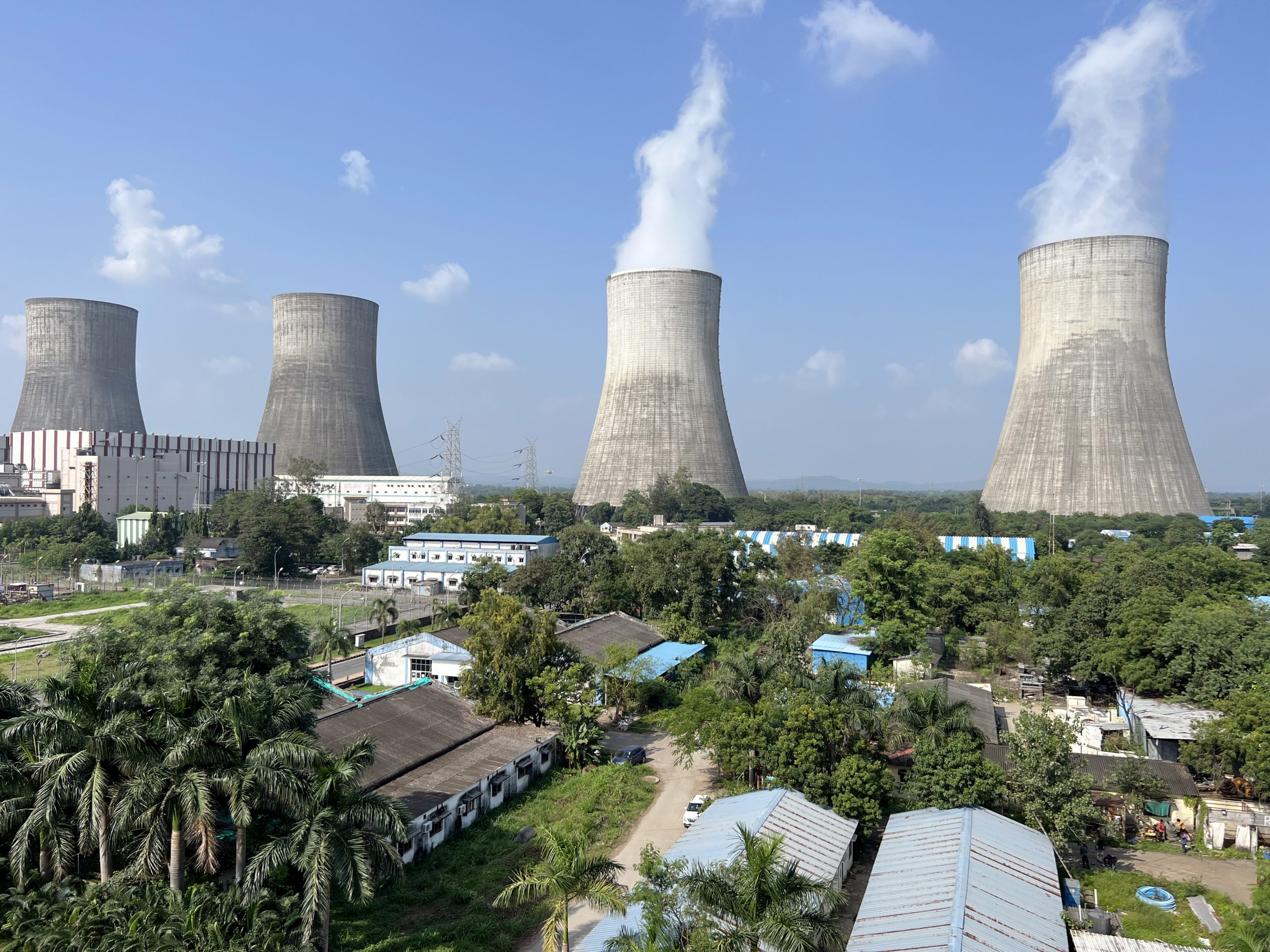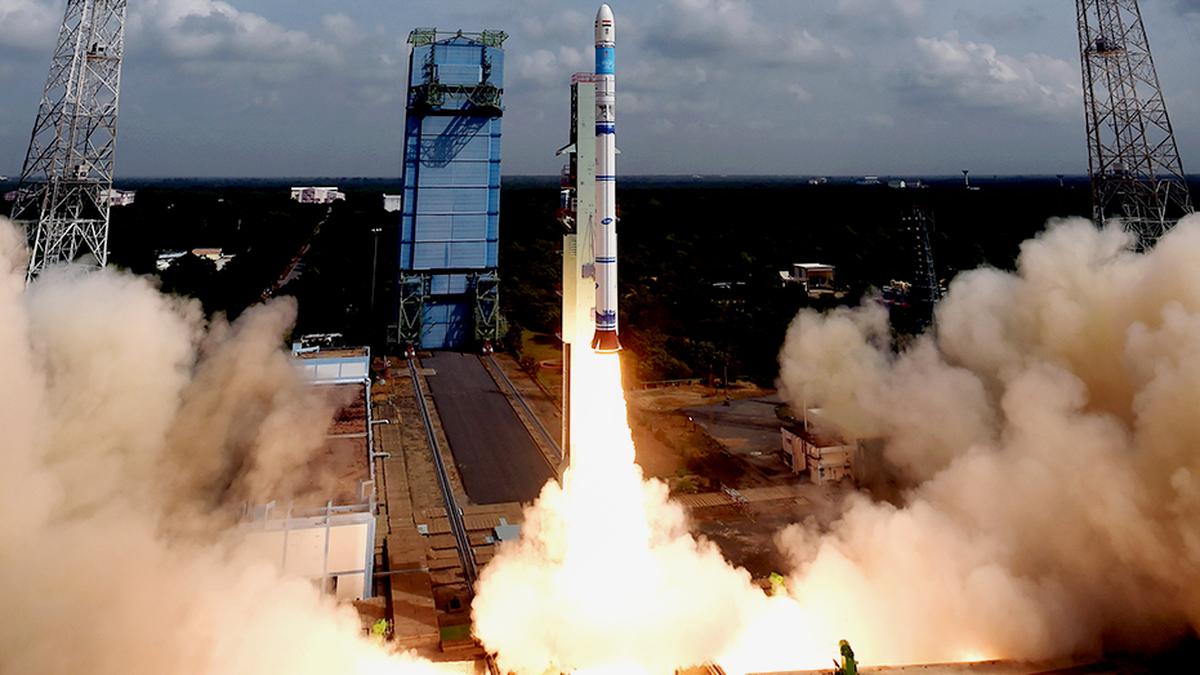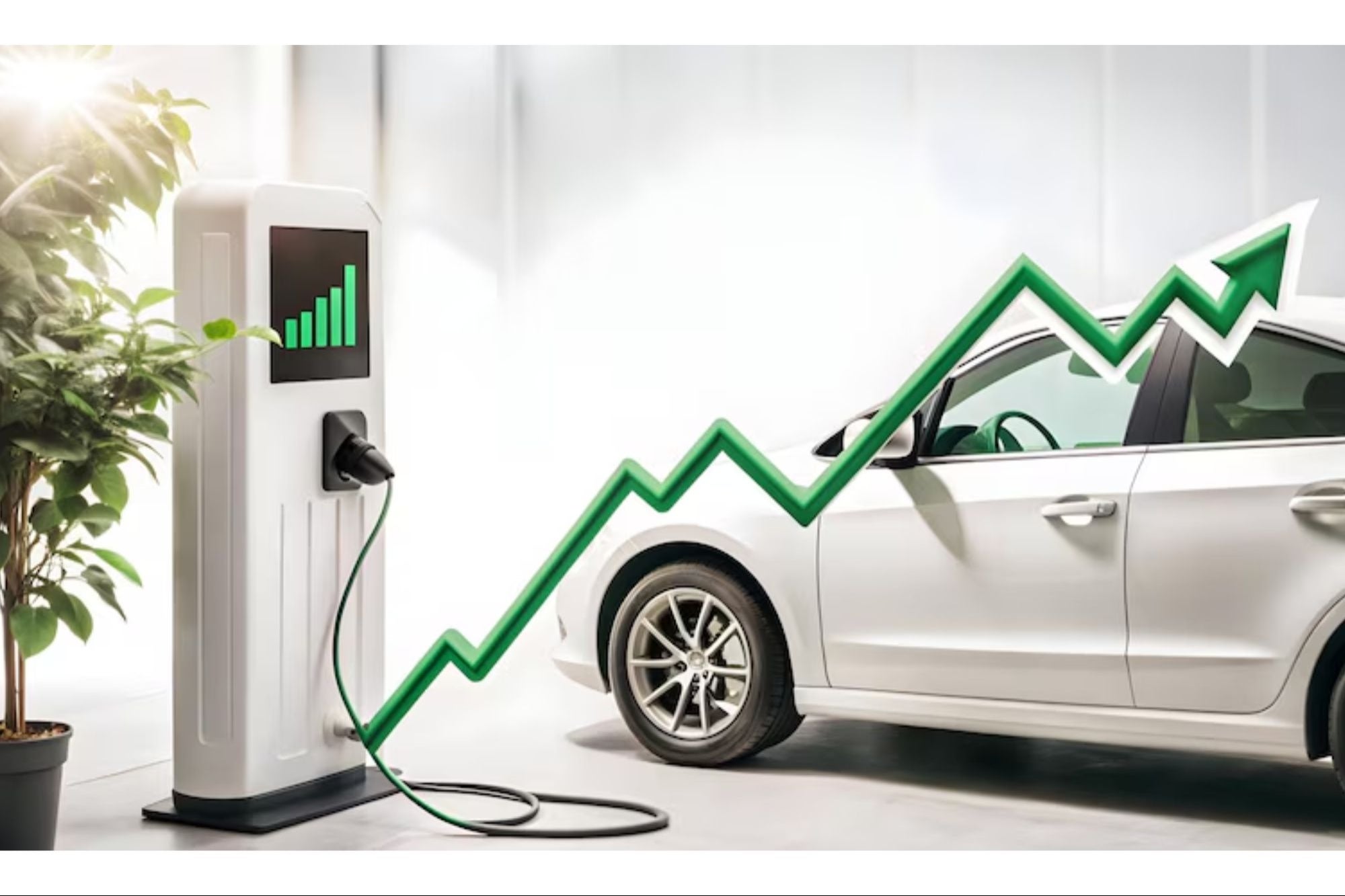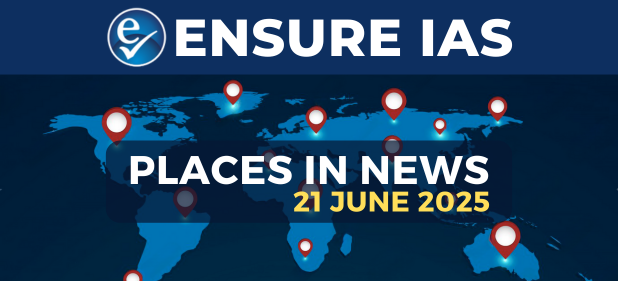- Courses
- GS Full Course 1 Year
- GS Full Course 2 Year
- GS Full Course 3 Year
- GS Full Course Till Selection
- Answer Alpha: Mains 2025 Mentorship
- MEP (Mains Enrichment Programme) Data, Facts
- Essay Target – 150+ Marks
- Online Program
- GS Recorded Course
- Polity
- Geography
- Economy
- Ancient, Medieval and Art & Culture AMAC
- Modern India, Post Independence & World History
- Environment
- Governance
- Science & Technology
- International Relations and Internal Security
- Disaster Management
- Ethics
- NCERT Current Affairs
- Indian Society and Social Issue
- NCERT- Science and Technology
- NCERT - Geography
- NCERT - Ancient History
- NCERT- World History
- NCERT Modern History
- CSAT
- 5 LAYERED ARJUNA Mentorship
- Public Administration Optional
- ABOUT US
- OUR TOPPERS
- TEST SERIES
- FREE STUDY MATERIAL
- VIDEOS
- CONTACT US
India’s Nuclear Power Expansion Plans
India’s Nuclear Power Expansion Plans
21-03-2025

- The government is actively increasing nuclear energy capacity.
- Current installed capacity: 8.18 GW
- Target for 2032: Tripling capacity
Ongoing and Planned Nuclear Projects
-
- 7.3 GW of nuclear power capacity is under construction.
- 7 GW is under implementation (at the pre-project stage).
- Total planned capacity: 14.3 GW.
Challenges in Nuclear Power Development
-
- Site selection and land acquisition.
- Rehabilitation and resettlement of affected populations.
- Environmental clearances and regulatory approvals.
- High upfront costs of reactors.
- Dependence on imported nuclear fuel.
Government’s Shift to Small Modular Reactors (SMRs)
-
- Due to limited large land parcels, the government is focusing on Small Modular Reactors (SMRs).
- Union Budget FY26 announced a mission to deploy 100 GW of nuclear energy by 2047.
Objectives of the Nuclear Mission
-
- Provide a reliable alternative to fossil fuels.
- Replace retiring thermal power plants.
- Set up captive plants for energy-intensive industries.
- Supply energy to remote and off-grid locations.
- Decarbonize India’s energy sector.
New Reactor Technologies in Development
-
- Bharat Small Modular Reactor – 200MWe.
- Small Modular Reactor (SMR) – 55MWe.
- Gas-cooled High-Temperature Reactors (HTRs) for hydrogen production.
Budget Allocation for SMRs
-
- ₹20,000 crore allocated in FY26 budget for deploying 5 SMRs by 2033.
- ₹20,000 crore allocated in FY26 budget for deploying 5 SMRs by 2033.
Addressing Private Supplier Concerns
-
- A task force is reviewing the Civil Liability for Nuclear Damage Act to resolve issues raised by private nuclear suppliers.
- A task force is reviewing the Civil Liability for Nuclear Damage Act to resolve issues raised by private nuclear suppliers.
Bharat Small Modular Reactor (BSMR)
-
- The Bharat Small Modular Reactor (BSMR) is a 200 MWe small modular nuclear reactor developed by India’s Department of Atomic Energy (DAE).
- It is part of India’s nuclear energy expansion plan to provide a clean, reliable, and decentralized power source.
Technology & Development
-
- Developed by Bhabha Atomic Research Centre (BARC) under Small Modular Reactor (SMR) technology.
- Designed for flexibility, safety, and efficiency, with a compact, scalable, and low-cost nuclear power solution.
Fuel Type & Cooling System
-
- Uses Slightly Enriched Uranium (SEU) or Thorium-based fuel as its primary fuel source.
- Slightly Enriched Uranium (SEU):
- Enriched up to 2-5% uranium-235 (compared to natural uranium at ~0.7%).
- Provides higher efficiency and longer fuel cycles than natural uranium.
- Thorium-Based Fuel:
- India has large thorium reserves, making this a sustainable alternative.
- Can be used in advanced nuclear fuel cycles for lower radioactive waste.
- Cooling System:
Uses advanced passive cooling mechanisms to prevent overheating and improve safety.
Key Features & Advantages
-
- Compact & Modular Design: Can be installed in smaller grids, industrial zones, and remote areas.
- Lower Capital Investment: Reduces cost compared to large nuclear plants.
- Enhanced Safety Features:
- Passive cooling eliminates reliance on active systems.
- Modular construction ensures easy scalability and maintenance.
4Fuel Flexibility: Can operate on SEU for efficiency or thorium for sustainability.
Deployment Plans
-
- Part of India’s 100 GW nuclear energy expansion by 2047.
- ₹20,000 crore allocated for the deployment of five SMRs by 2033.
- Will replace aging thermal power plants, provide energy for industries, and power off-grid locations.
Strategic Importance
-
- Energy Security: Reduces dependence on imported nuclear fuel and fossil fuels.
- Climate Goals: Supports India’s net-zero emissions target and clean energy transition.
- Industrial & Defense Applications:
- Suitable for high-energy industries, remote military bases, and isolated regions.
- Potential hydrogen production using high-temperature reactors.
|
Also Read |
|
UPSC Foundation Course |
|
| UPSC Monthly Magazine | CSAT Foundation Course |




